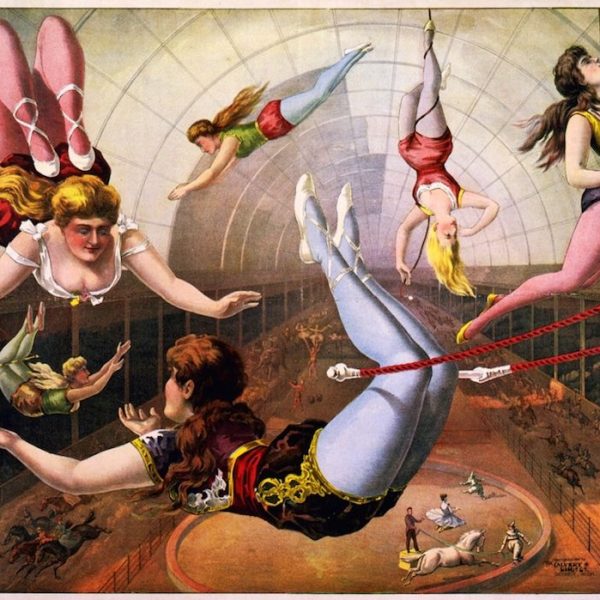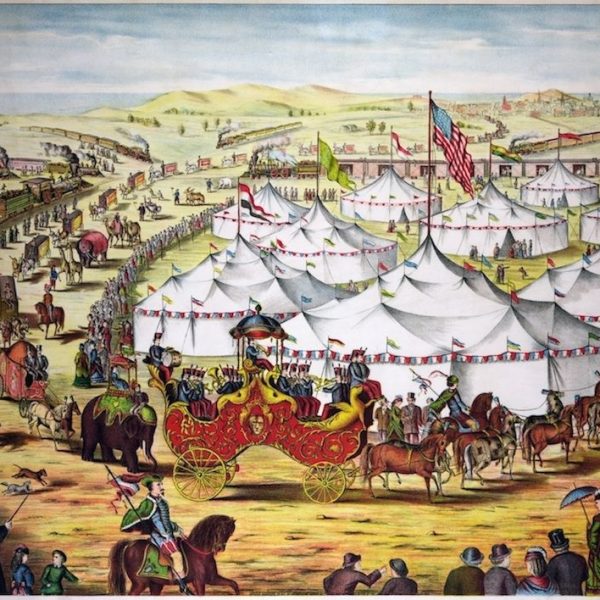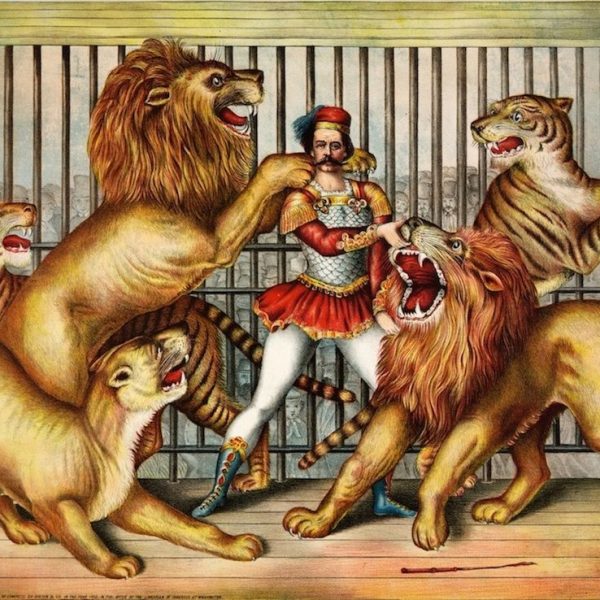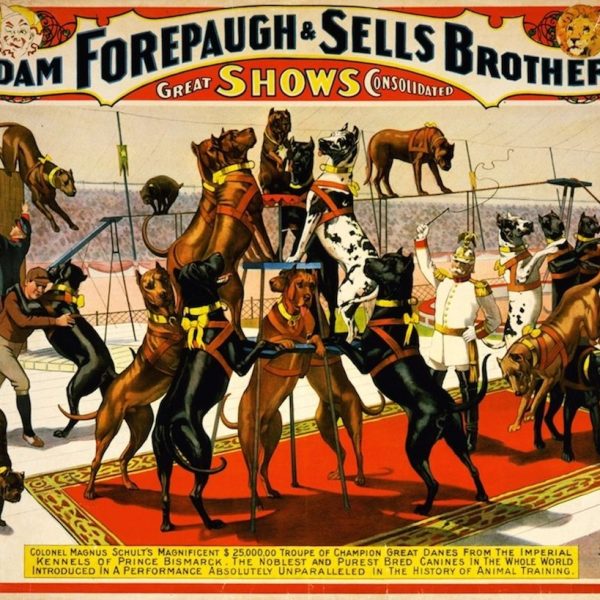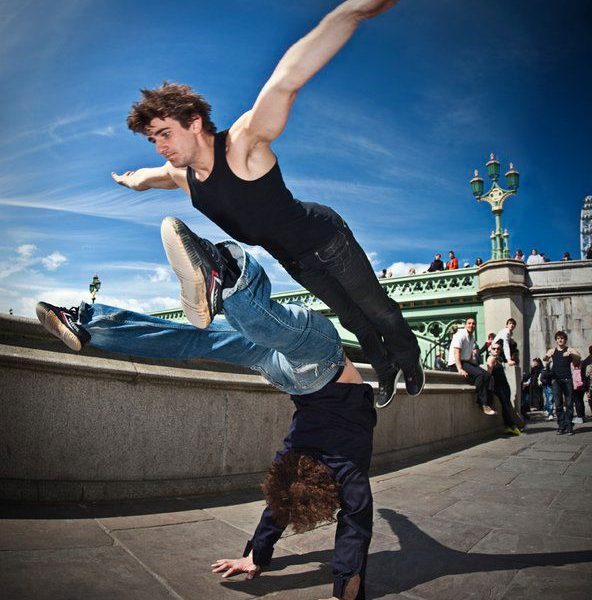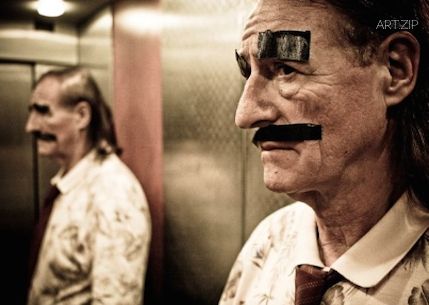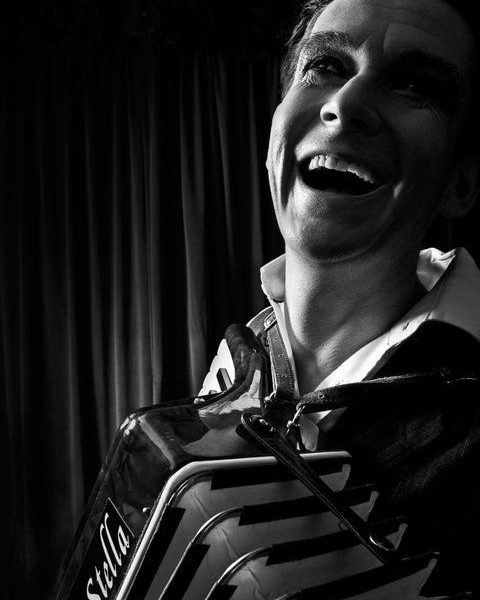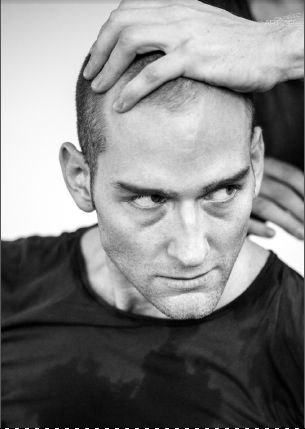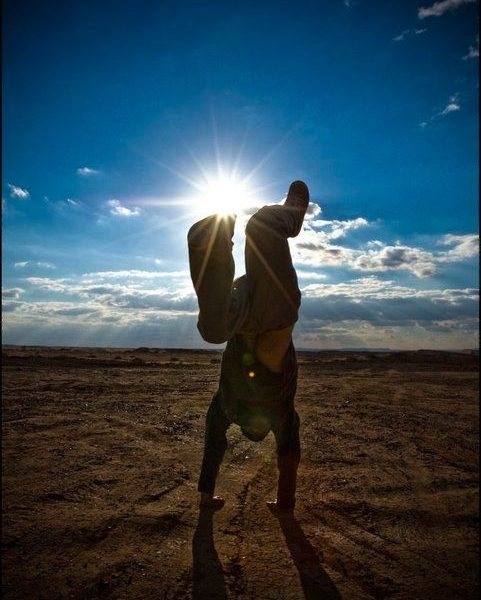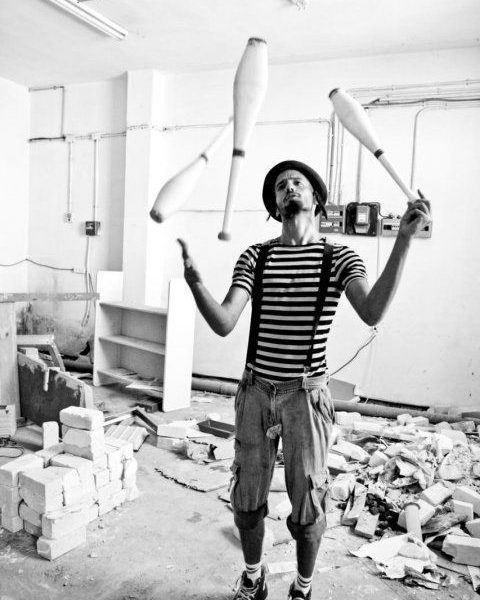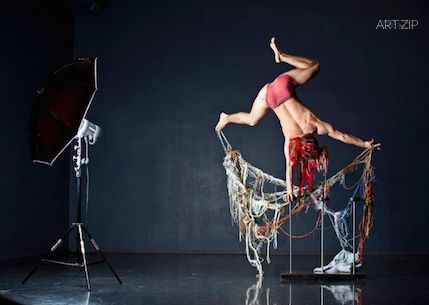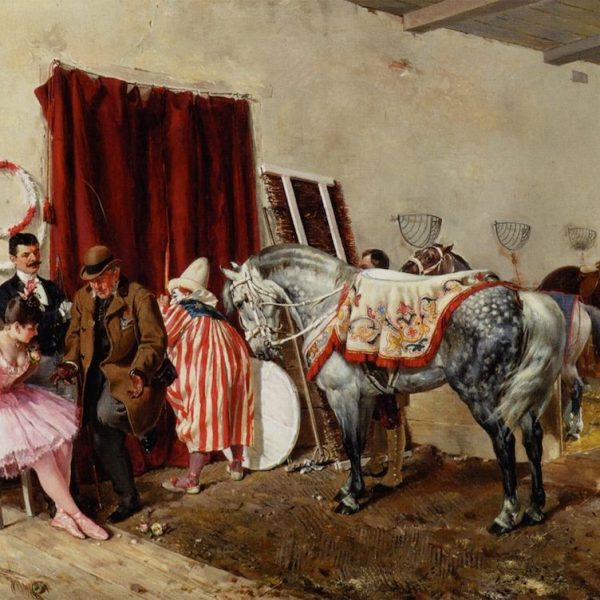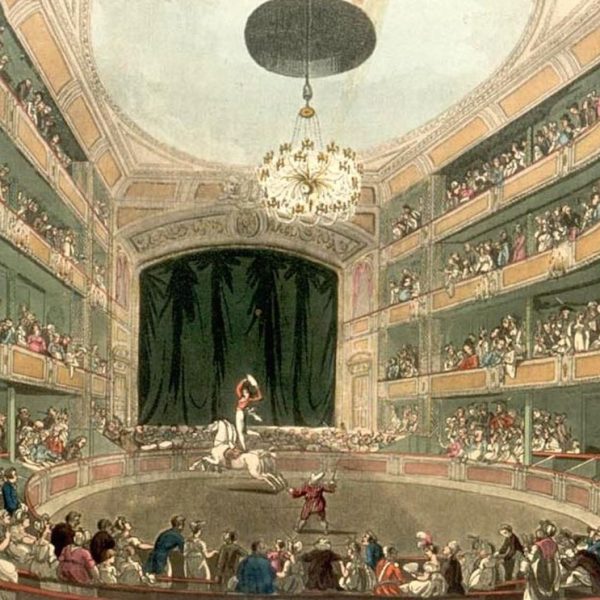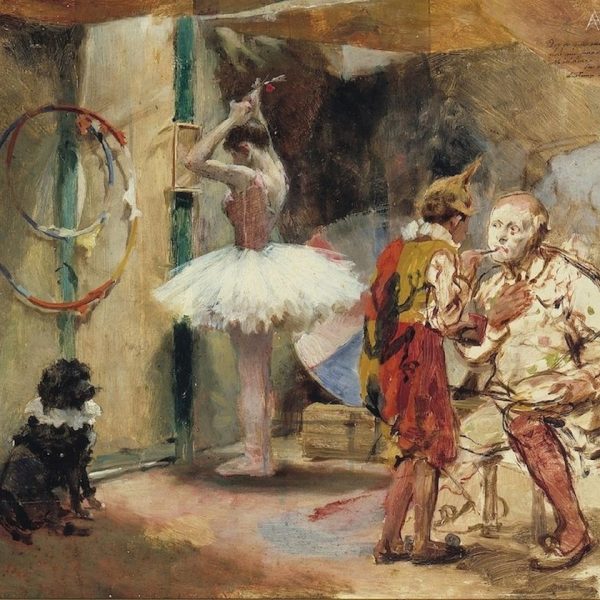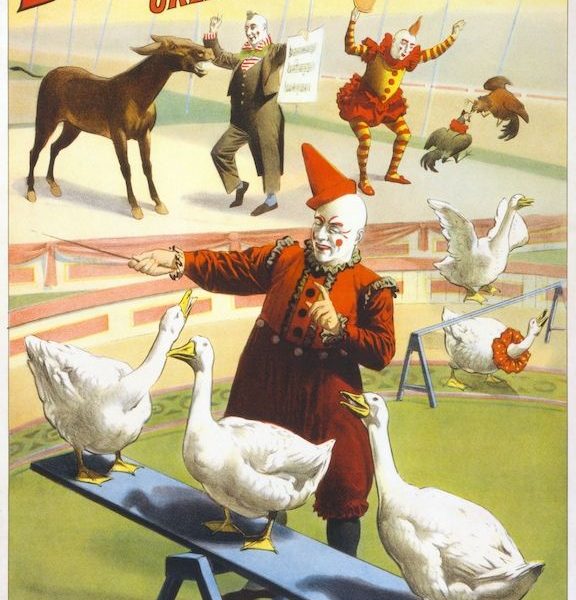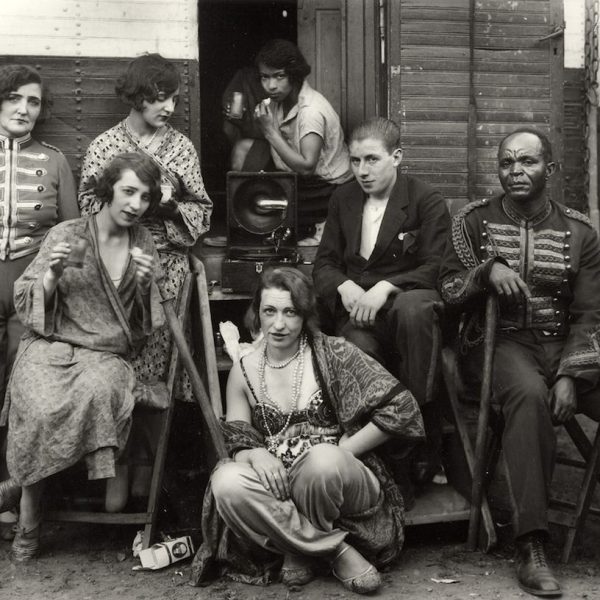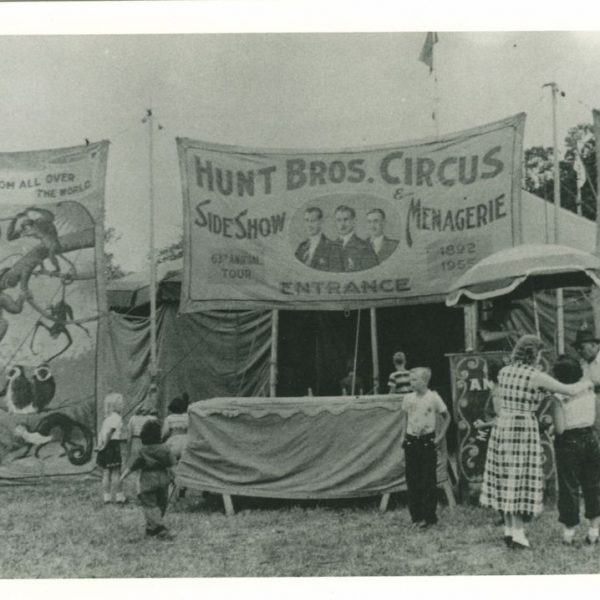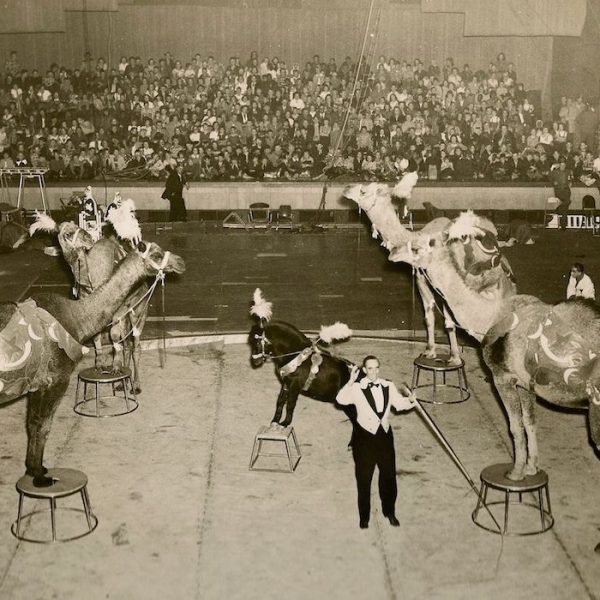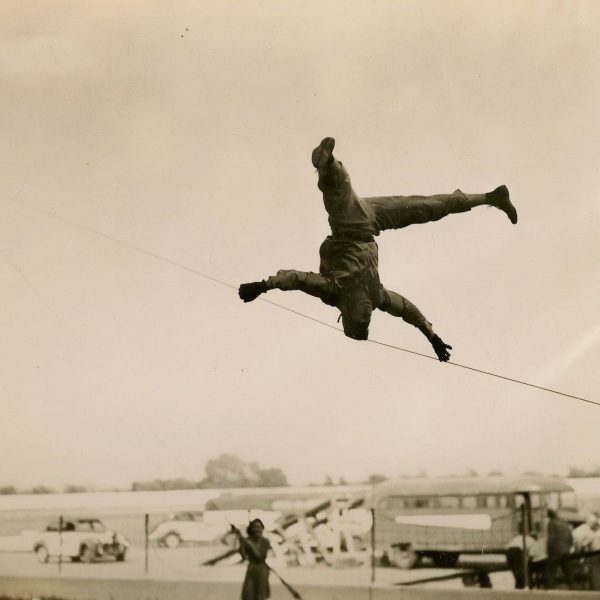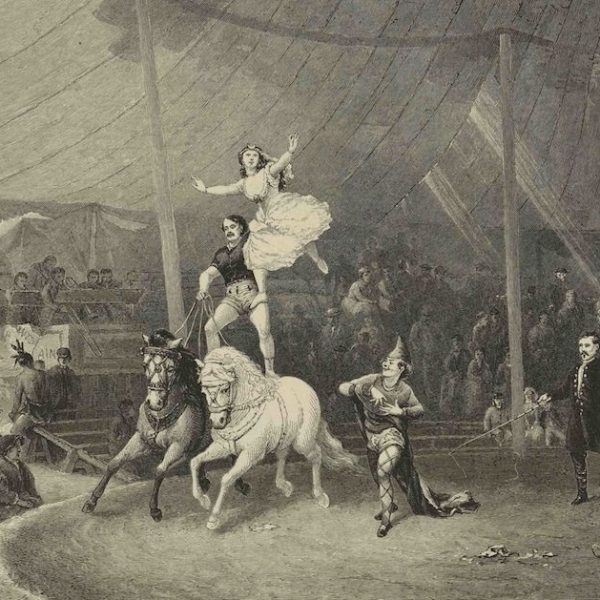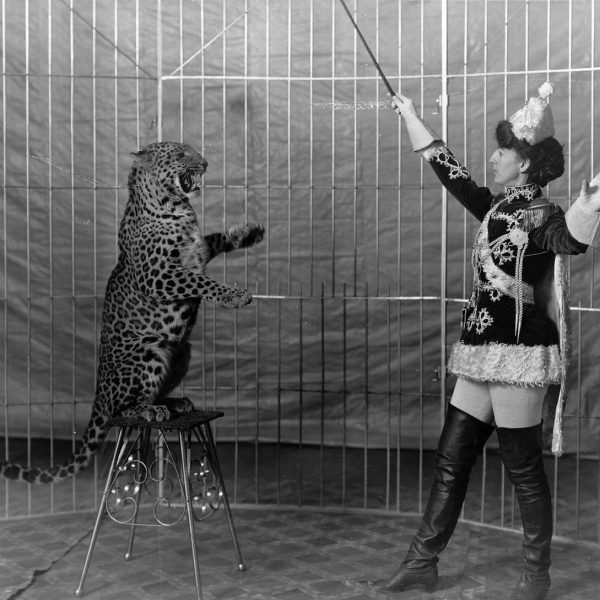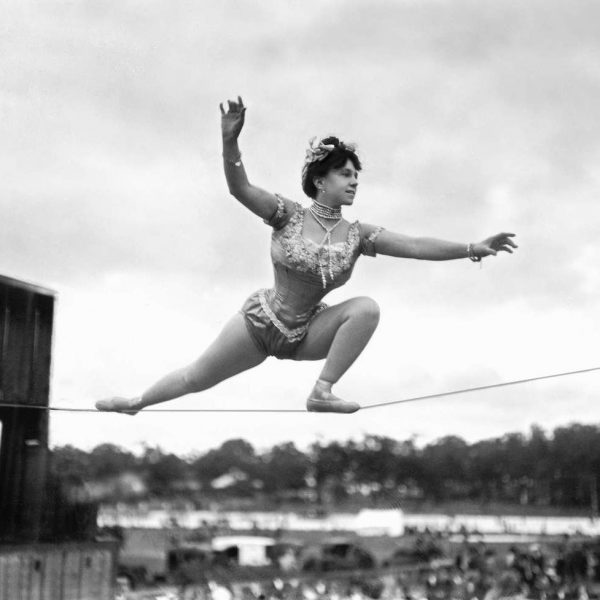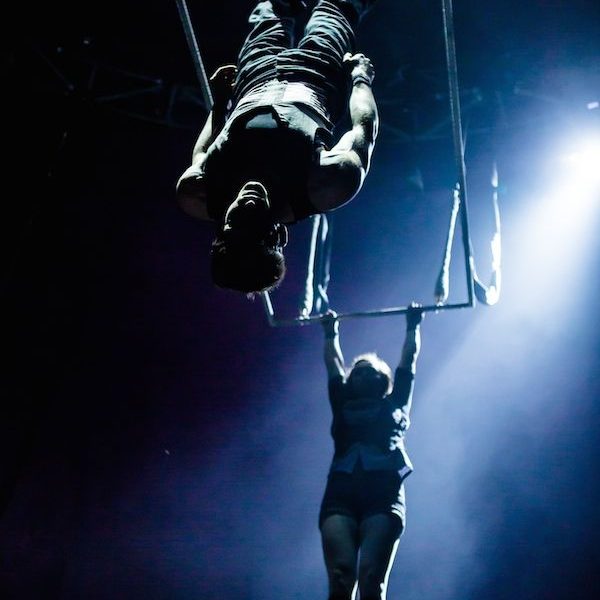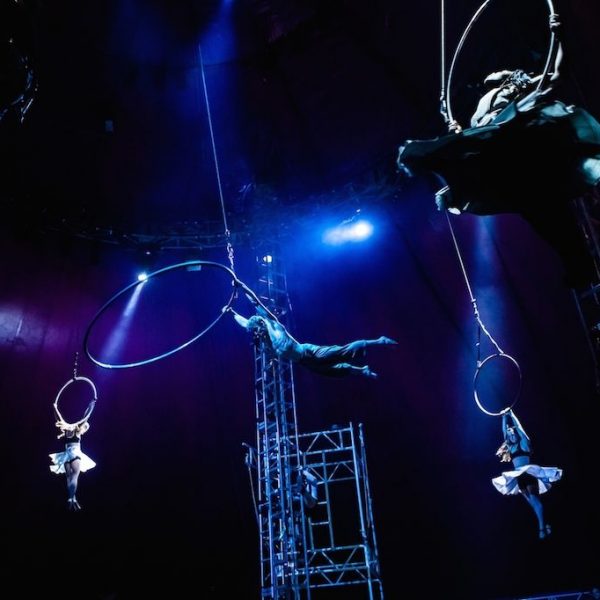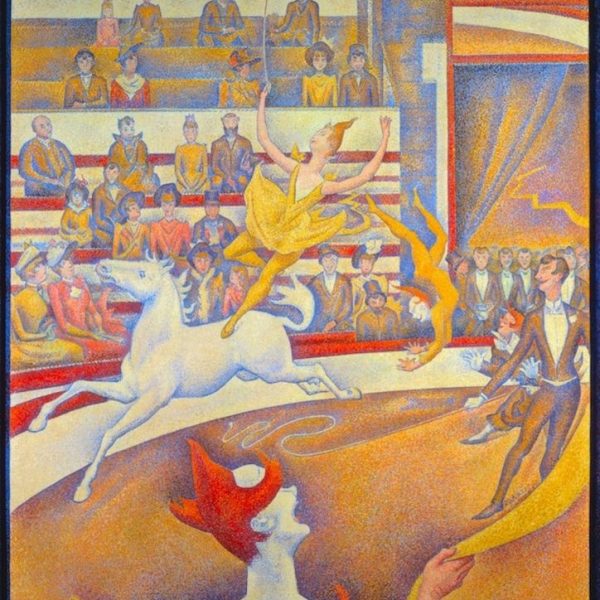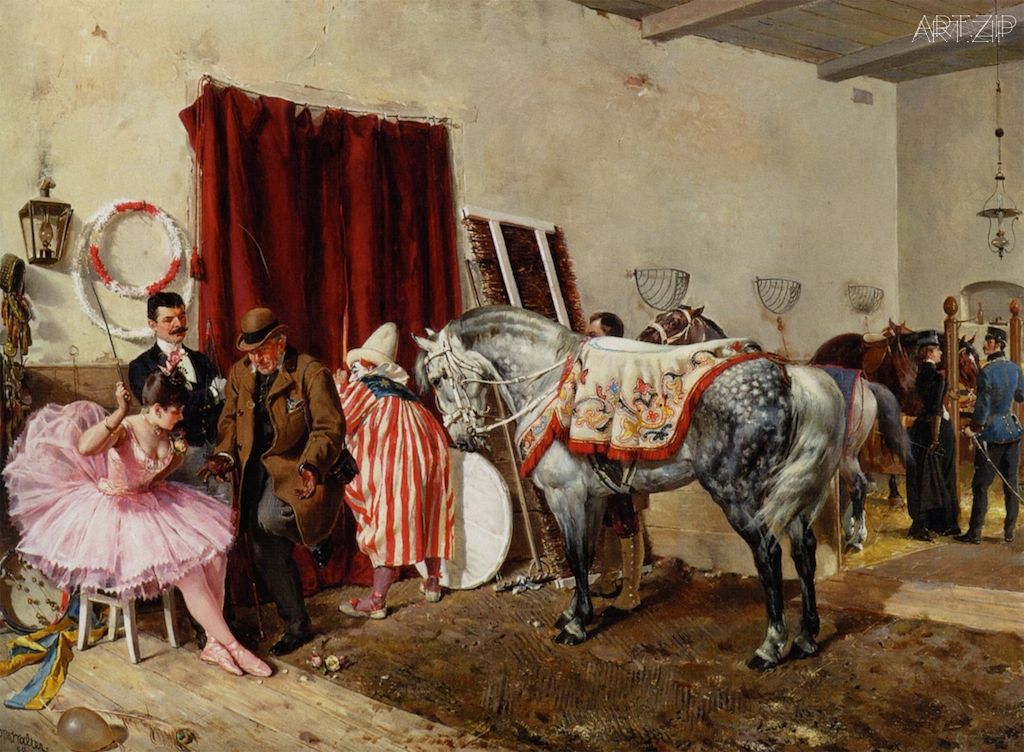
Text by 編輯整理:Struan Robinson
Reference 資料來源: John Ellingsworth
Translated by 翻譯:Chen Ting 陳婷
For most people the word ‘circus’ will usually call to mind classical images of red and yellow tents, performing animals, painted clowns and long chains of wagons and trailers – whilst circus may have indeed looked like that at one point in its history, its image has since changed. The circus of today looks very different. Contemporary circus companies have altogether abandoned the tent for site-specific performance spaces; acts which would have appeared three hundred years ago have been improved or replaced, and the art form of circus itself has merged with theatre, musicals, and art exhibitions.
一提到“马戏团”,多数人就会想起红黄相间的马戏蓬、动物表演、涂装的小丑以及长长的大篷车和拖车队伍。但这种场面已是历史,如今的马戏团早已面目一新,与之前截然不同。首先,当代马戏公司已摒弃了马戏蓬,取而代之的是场域特定的地点。其次,三百多年前的表演形式不断改变和替换,马戏已实现与戏剧、音乐剧和艺术展的融合。
In order to understand circus as it appears in the modern-day, we actually have to look back to its historical beginnings. Within circus history there are three major developments: the period before 1768 (the archaic era), the period from 1768 to 1968 (the classical era), and the period after 1968 – of which we are concerned with now – (the contemporary era).
理解现代马戏,就需要研究马戏的起源。历史上共有三次重要发展时期:1768年(古风时期)之前,1768至1968年(古典时期)以及1968年至今(当代时期)。本文要讲述的就是第三个阶段:当代马戏。
The archaic era refers to the ‘circus arts’ – physical disciplines like juggling, rope-walking, acrobatics, animal training and clowning. Traces of these ‘feats of activity’ can be found in most ancient societies, for example, at the Coliseum in Ancient Rome, a spectator would have likely encountered jugglers at the entrances, rope-walkers above the seats, and animal-trainers in the rings. Whilst these acrobats and jugglers would often perform in the same place, they were not working with each other. These performers were separate entities, lacking collaborative and cohesive spirit, until in 1768 when one man brought these once disparate elements together.
古风时期的马戏团被称作“马戏艺术”,主要形式为杂耍、走绳索、杂技、驯兽和小丑等肢体类表演。此类表演在最古老的文明国度时常可见,例如古罗马斗兽场,观众在入口处可以看到玩杂耍的人,在座位上空会有人走绳索,场地里可以看到驯兽师。尽管他们总在同一地点出现,但却都是独自表演,并非一个团体,缺少合作与凝聚力。直到1768年一位英国人的出现,才将这些单一的节目表演整合成完整的演出。
That man was Philip Astley, a former British cavalier with a talent for trick riding and equestrian acrobatics.He opened a riding school in London and began staging equestrian shows in a ring. Astley was not the first to put on riding displays, but he was the first to incorporate other acts of skill into his show, such as acrobats and tightrope walkers. He created the format of having a succession of acts under one Big Top roof, which would dominate the classical circus genre for two hundred years. His choices of colour, costume, and décor would become synonymous with circus as an art form, establishing its artistic codes and boundaries.
这个人便是菲利普·艾特雷(Philip Astley)。他曾是一位擅长骑术和马术杂技骑士,在伦敦建立了一所骑术学校,开始在马戏场进行马术表演。艾特雷并不是第一个表演骑术的人,但却最早开始将杂技、走绳等其他技术融入表演中,并创造了在同一个马戏蓬内上演一系列表演节目的形式。他对颜色、戏服和装饰的选择成为了马戏的标准,从而建立起这种艺术形式的规范和准则。
However, in 1968, circus changed again when artists began to question the codes and assumptions of the classical circus. They wanted to experiment with the techniques and methods of the old circus in an attempt to make a more ‘meaningful’ art — one capable of making social, personal or political statements. They looked at new possibilities within their art in a movement coined ‘new circus’ or ‘nouveau cirque’, which later became known as ‘contemporary circus’.
1986年,马戏再次经历演变。表演者开始对古典马戏的标准和认知产生质疑,希望用传统马戏的技术和方法,创造出“意义深远”的艺术,传递有关社会、个人和政治等信息。马戏表演者在被称作是“新马戏”的运动中探索更多可能性,当代马戏正是由此运动演变而来。
In traditional circus, the performance space would typically be a circular ring often covered in sawdust under a Big Top tent, where as now contemporary performance venues are no longer confined to being under canvas. Today, circus is performed in theatres and opera houses with artists such as James Thierrée having toured Saddler’s Wells, the Tokyo Metropolitan Theatre and the Finnish National Opera. Some circus groups have also started experimenting with site-responsive work (performances which take place in unconventional structures originally not intended for theatrical use). The Invisible Circus, for example,have performed in abandoned spaces around Bristol, from an old Audi garage, to a police station, and most recently: a derelict cathedral. However, the tent has not disappeared entirely as a venue; many circus companies have updated the classical Big Top to fit their performance needs. Les Arts Sauts, a French flying trapeze and aerial company, designed a series of unique tents to match their work; including a white dome referred to as ‘The Bubble’ and an immense cone, giving them the scope to perform incredible mid-air stunts.
传统马戏团表演场所通常是马戏蓬内铺满锯屑的圆形场,而当代马戏早已突破马戏蓬的限制,表演搬进了剧场剧院,同台演出的艺术家包括詹姆斯·提瑞(James Thiérrée),曾在沙德勒之井剧院、东京艺术剧场以及芬兰国家歌剧院巡回演出。部分马戏团开始尝试现地交互表演(演出场地不是常规的剧场),比如无形马戏团(Invisible Circus)就曾在布里斯托被遗弃的场地表演过,从破旧的奥迪修车厂到警察局,最近一次是在一座废弃的教堂里。传统的马戏蓬并没有完全被取代,很多马戏公司对其进行了改造。冲天飞人艺术团(Les Arts Sauts)是法国高空秋千和空中杂技的马戏团体,他们根据节目需要,设计了一系列独特的帐篷,例如被称作“泡影”的白色圆形顶还有巨型锥状场地,为他们表演惊人的空中杂技提供了空间。
Whilst many circus companies continue to perform acts which would have been seen in Astley’s day, they’re also including new and different skills which would not of, such as beat-boxing, breakdancing, and parkour. Cirque Éloize’s iD, a loose rework of West Side Story, uses rollerblading and breakdancing as part of the storytelling in their circus performance. It is unsurprising that these new skills do not feel out of place within circus as they are usually technically very difficult and highly specialised, much in the same way that traditional trapeze work or acrobatics are. New directions have come particularly from the urban arts, as circus reflects the culture and expectations of the modern-day. Just as Astley recognized that to keep his equestrian routines fresh and engaging he had to incorporate a variety of acts, contemporary circus has realised that in order to appeal to a contemporary audience they must do the same.
不少马戏公司既保留了艾特雷时代的节目,也增加了全新的技巧,如口技、霹雳舞和跑酷等。例如艾罗瓦兹马戏团(Cirque Éloize)根据《西城故事》的大致内容改编而成的作品iD, 就把轮滑和霹雳舞融入了马戏的叙述结构中,且并不显得突兀,因为这些技术难度大、专业要求高,可以与传统高空秋千和杂技相提并论。由于马戏是现代文化与社会期望的写照,新的马戏表演都会从城市艺术中汲取灵感。正如当年艾特雷意识到表演只有融合不同元素,才能吸引观众,给人耳目一新的感觉。当代马戏亦是如此。
Circus has since fused and merged with other art forms; the genre’s boundaries are entirely porous. It pops up in theatre, such as Peter Brooks’ famous 1970 interpretation of A Midsummer Night’s Dream, where, among other circus flourishes, Puck appeared on trapeze, as well as Cirque de Soleil’s pioneering combination of circus skills with dramaturgy. Cirque Bonjour have incorporated puppetry and magic into their work and Northern English troupe Skewed Circus have interrelated circus stunts with rap and hip-hop music in what they call ‘pop-circus’.
马戏从此与其他艺术形态相互结合交融,界限已不再明显。既可以像戏剧大师彼得‧布魯克(Peter Brook)一样将表演搬上剧场舞台,如他1970年导演的莎翁名剧《仲夏夜之梦》, 呈现不同马戏节目,包括剧中人物帕克出现在空中秋千上的场景,也可以像太阳马戏团那样将马戏技巧与戏剧作法相结合。类似的范例还有Le Cirque Bonjour马戏团,他们加入了木偶戏和魔术的元素,以及来自英国北部的Skewed Circus马戏团则是将马戏表演结合说唱和嘻哈音乐,称之为“流行马戏”。
Perhaps the most withstanding feature of contemporary circus is its ability to adapt and improve. As it comes into contact with new skills, environments, genres and most importantly audiences, the art form will continue to develop and hold meaning.
不断的演变和进步可以说是当代马戏最突出的特点。随着技术、场地、题材和观众的变化,马戏这种艺术形式也将在未来继续变革,保持它的独特意义。

